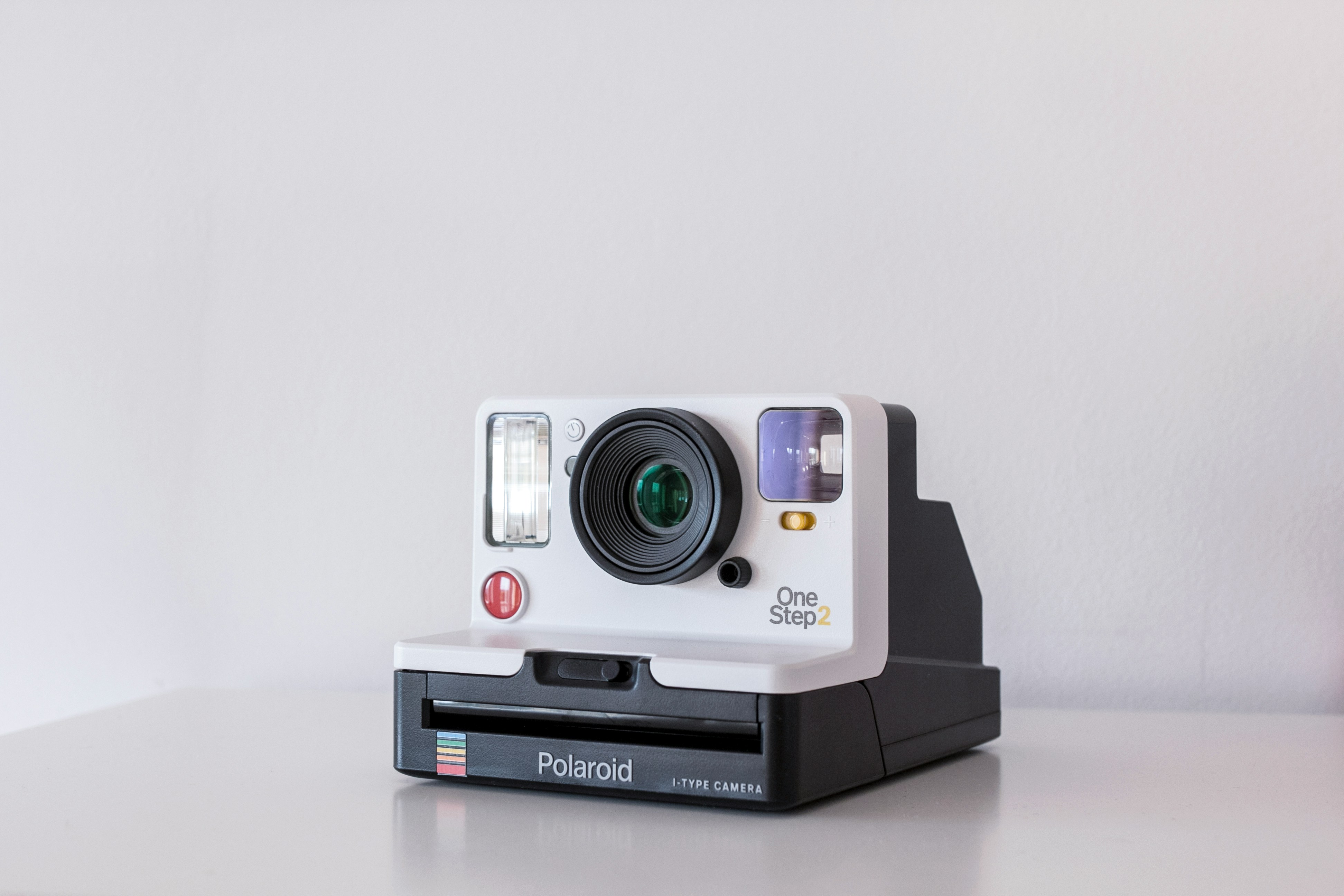The Seven Layers of Product Design: A Comprehensive Guide
In the realm of product design, understanding the intricate layers that contribute to the development of a successful product is crucial. This guide explores the "Seven Layers of Product Design," a framework that helps designers navigate the complex journey from identifying user needs to delivering a polished product.
The Real World
At the foundation of product design lies the real world—a chaotic, ever-changing environment that serves as the ultimate destination for all products. The real world is complex and not fully knowable, but it is where we must gather our initial insights and understanding.
Observed Behavior
Moving up from reality, the next layer focuses on observed behavior. This is the closest we get to capturing reality through user research and analytics. By observing how users interact with existing products or their environment, we gain invaluable data that informs our design decisions.
The Domain
The domain layer encompasses what we know of the concepts, terminology, processes, and mental models existing in the real world. This knowledge helps us build a model to simplify and explain the user's environment and context, forming a bridge between observed behavior and user needs.
User Needs
Understanding user needs is about uncovering what users are trying to achieve and why. This involves deep empathy and thorough research to identify their goals, pain points, and motivations. User needs provide a clear direction for the design process, ensuring that the end product aligns with what users truly require.
Product & Service Strategy
In the product and service strategy layer, we define which user needs to serve and the desired business outcomes to target. This strategic layer helps prioritize features and functionalities that will deliver the most value to both users and the business.
Conceptual Model
The conceptual model is where we outline the objects, relationships, actions, terminology, policies, processes, and information architecture that will shape the product. This model is independent of any user interface and serves as a blueprint for how the product will function and be structured.
Interaction Structure and Flow
This layer focuses on how users will interact with the product. It includes the touchpoint type, structure, content, and the flow of interactions, ensuring that users can navigate the product efficiently and effectively. The goal is to create a seamless and intuitive experience.
Surface
At the topmost layer, we have the surface. This encompasses all the details of the end interaction, including visual design, copy, artwork, microinteractions, and animations. For screen-based interactions, this is where the product comes to life, providing a polished and engaging user experience.
Bridging the Gap Between Problem Space and Solution Space
The Seven Layers of Product Design effectively bridge the gap between the problem space (understanding and defining the problem) and the solution space (designing the product). By systematically addressing each layer, designers can ensure that they are building products that not only meet user needs but also excel in usability and appeal.
Conclusion
The Seven Layers of Product Design provide a comprehensive framework that guides designers through the complex process of creating successful products. By focusing on each layer, from understanding the real world to perfecting the surface details, designers can develop products that truly resonate with users and achieve desired business outcomes.


